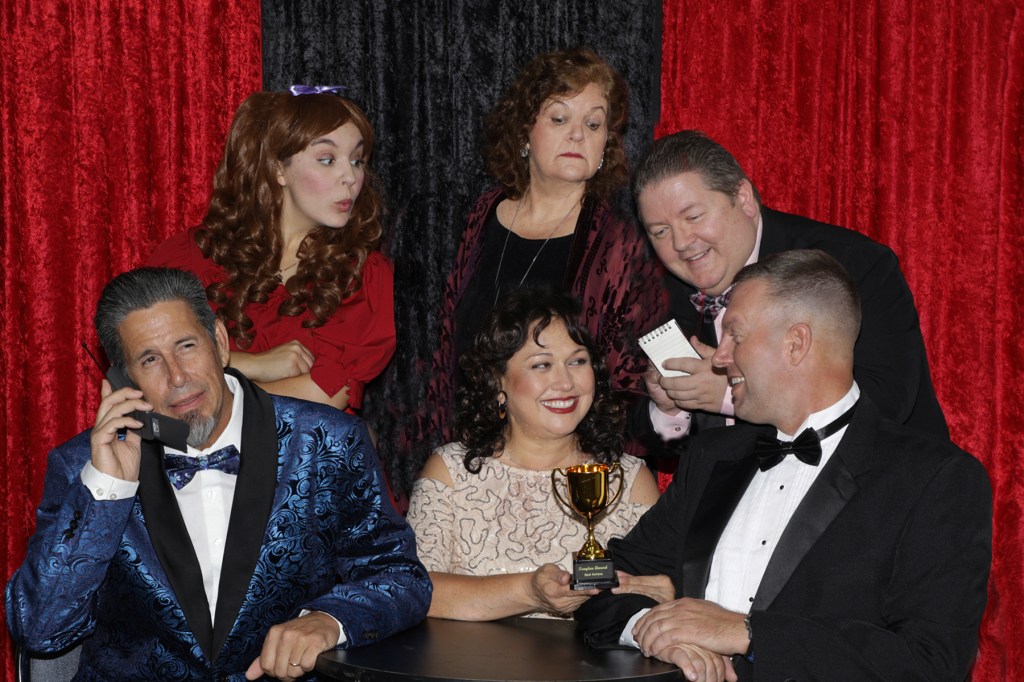DEDHAM, Mass. (AP) — A defense lawyer told jurors in Karen Read’s murder trial on Tuesday that she’s the innocent victim of a law enforcement frame-job, a “tall blue wall” built to protect the real killers of her boyfriend, Boston Police Officer John O’Keefe.
The two-month trial of Read, who’s accused of ramming O’Keefe with her Lexus SUV into O’Keefe and leaving him to die outside another officer’s house party in January 2022, has drawn a media storm, fanned by true crime bloggers and pink-shirted supporters of Reed who have rallied outside the courthouse and waited for hours in line to witness the proceedings.
Her lawyers contend O’Keefe was dragged outside after he was beaten up in the basement of fellow officer Brian Albert’s home in Canton and bitten by Albert’s dog.
Defense lawyer Alan Jackson described a cancer of lies that “spreads into a conspiracy,” and he told jurors they’re the “only thing standing between Karen Read and the tyranny of injustice.”
“You have been lied to in this courtroom. Your job is to make sure you don’t ever ever look the other away,” he said.
“Ladies and gentlemen, there was a cover-up in this case, plain and simple,” he added.
Read, a former adjunct professor at Bentley College, is charged with second-degree murder, which carries a maximum penalty of life in prison, along with manslaughter while operating under the influence of alcohol, and leaving the scene of personal injury and death. The manslaughter charge carries a penalty of five to 20 years in prison, and the other charge has a maximum penalty of 10 years.
The defense contends investigators focused on Read because she was a “convenient outsider” who saved them from having to consider other suspects, including Albert and other law enforcement officers who were at the party. In particular, they highlighted connections between Albert and the state trooper leading the investigation.
“Michael Proctor didn’t draw a thin blue line, he erected a tall blue wall,” Jackson said. “A wall that you can’t scale, a wall that Karen Read certainly couldn’t get over. A wall between us and them. A place you folk are not invited. We protect our own.”
Jackson suggested Brian Higgins, a federal agent who had exchanged flirty texts with Read, lured O’Keefe to the house party, where the two got into a fight leading to punches and a fall.
“The panic sets in,” he said. “It wasn’t intended to go that far but what is done is done.”
Testimony began April 29 after several days of jury selection. Prosecutors spent most of the trial methodically presenting evidence from the scene. The defense called only a handful of witnesses but used its time in cross-examining prosecution witnesses to raise questions about the investigation, including what it described as conflicts of interest and sloppy police work. The defense was echoed by complaints from a chorus of supporters that often camp outside the courthouse.
The day before closing arguments, the defense used the final three witnesses to cast doubt on the prosecutors’ version of events.
Dr. Frank Sheridan, a retired forensic pathologist and former chief medical examiner for San Bernardino County in California, testified that O’Keefe should have had more bruising if he’d been struck by the SUV. He also suggested that scratch marks on O’Keefe’s arm could’ve come from a dog and that other injuries were consistent with an altercation.
Two witnesses from an independent consulting firm that conducts forensic engineering also suggested some of the evidence didn’t line up with the prosecution version of events. Describing their detailed reconstructions, the witnesses said they concluded that damage to Read’s SUV, including a broken taillight, didn’t match with O’Keefe’s injuries.
“You can’t deny the science and the physics,” Andrew Rentschler from the firm ARCCA said at one point, describing an analysis of the level of injuries associated with various speeds of a vehicle like Read’s. ARCCA was hired by the U.S. Department of Justice as part of a federal investigation into state law enforcement’s handling of the Read case.
But they acknowledged they were unaware of some evidence that came later, like O’Keefe’s DNA discovered on pieces of broken glass found nearby and on human hair found on Read’s bumper, and of Read allegedly shouting “I hit him.”








